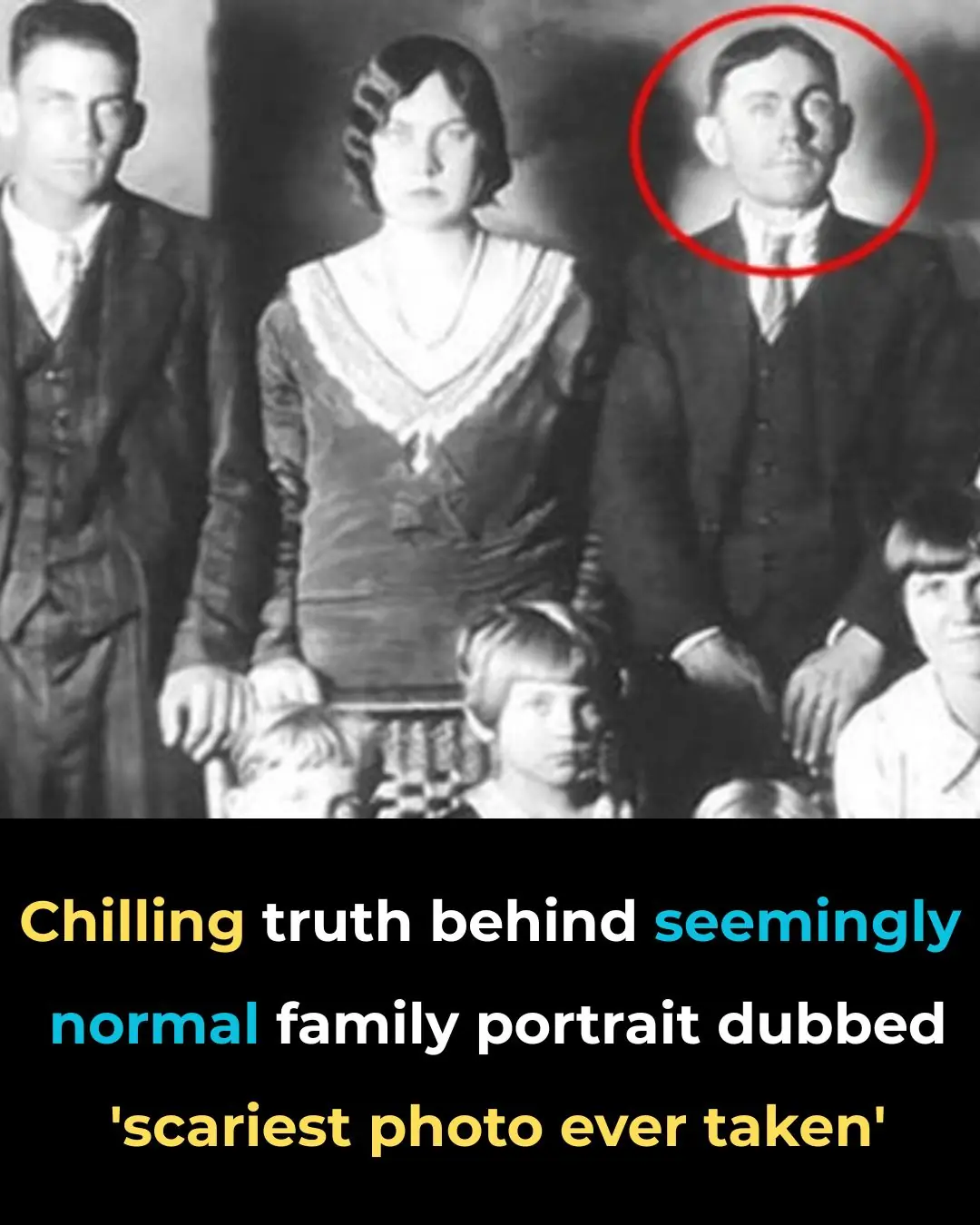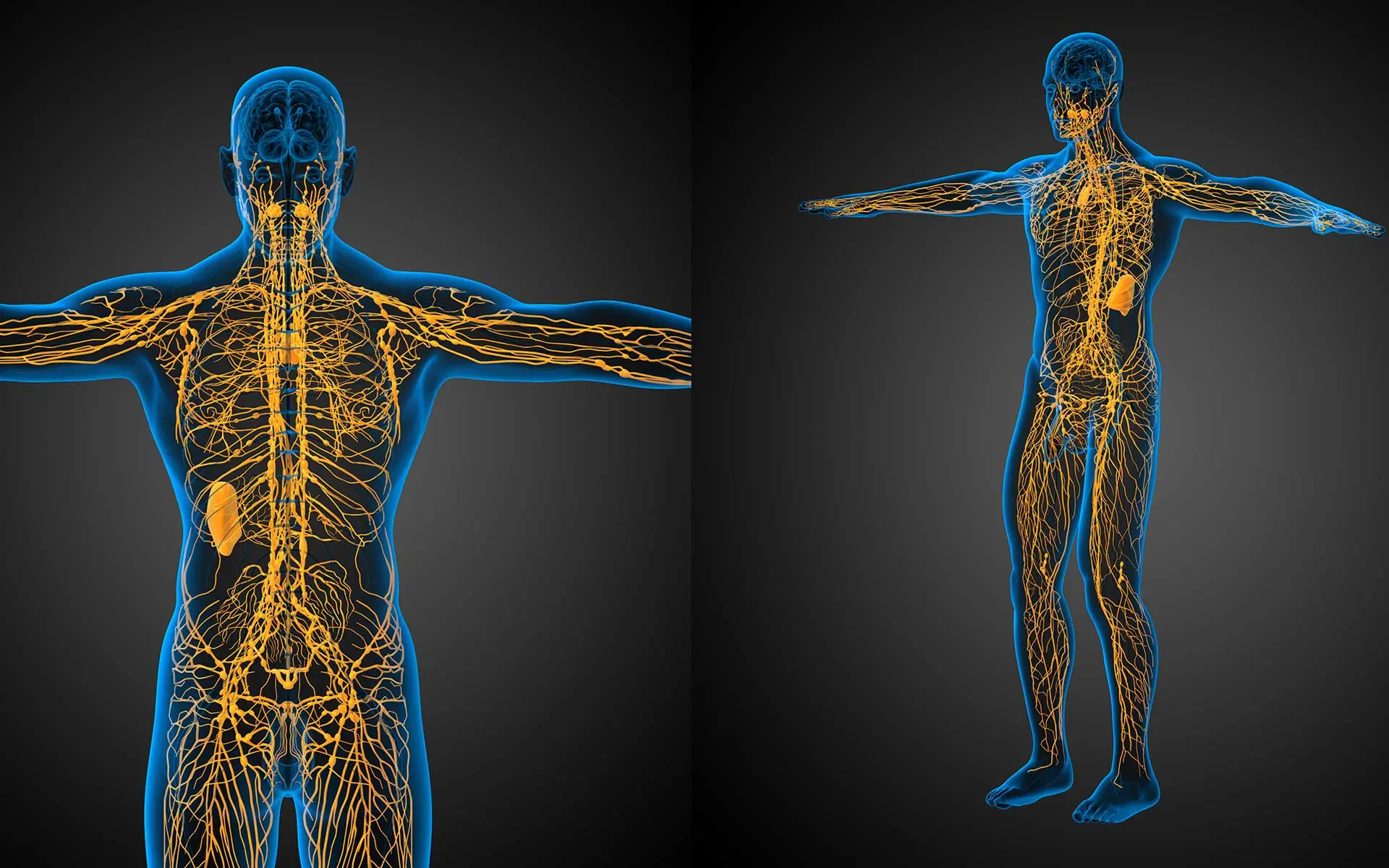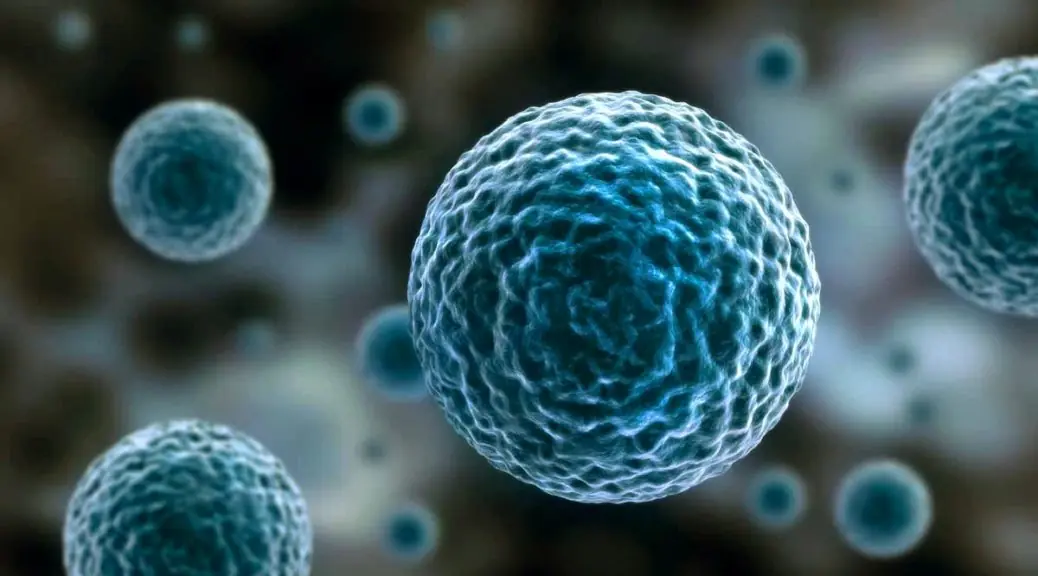Beethoven’s Symphony No. 5 begins with just four notes but they’ve echoed through centuries, concert halls, and now, curiously, into petri dishes. Long considered a symbol of triumph over adversity, the composition recently took on a new role in a Brazilian laboratory, where scientists observed something unexpected: cancer cells reacting to the music as if under attack.
Reports soon spread that the iconic symphony had destroyed 20% of cancer cells without harming healthy ones a headline as striking as the music itself. But behind the viral claim lies a more complex and nuanced story, one where science meets speculation, and caution tempers curiosity.
This is not the tale of a miracle cure, but of an experiment that dared to explore how sound, vibration, and biological systems might interact. At the intersection of art and oncology, the research raises new questions about the hidden power of music and how far it can reach beyond the mind, perhaps even into the body.
What Was Actually Observed
In 2010, researchers at the Instituto de Biofísica Carlos Chagas Filho, part of the Federal University of Rio de Janeiro, began a series of unconventional experiments. Led by biophysicist Dr. Márcia Alves Marques Capella, the team set out to explore whether sound in the form of music could influence the behavior of human cells in a laboratory setting.
Using petri dishes containing cultures of cancerous breast cells, specifically the MCF-7 cell line, the researchers exposed these cells to different musical compositions. Among them were Beethoven’s Symphony No. 5 in C minor, György Ligeti’s Atmosphères, and Mozart’s Sonata for Two Pianos in D major. Each piece was played through speakers directed at the cell cultures for several hours a day over a period of days. A silent control group was also maintained for comparison.
The most notable cellular responses came from exposure to Beethoven and Ligeti. The team observed statistically significant changes in the physical characteristics of the cancer cells namely, a reduction in cell size and granularity, which often indicate stress or degeneration in cell structure. Mozart’s composition, by contrast, showed no measurable impact.

Importantly, while some reports claimed that Beethoven’s symphony “destroyed 20% of cancer cells,” this figure was not part of the actual published results. In fact, Capella later clarified that the methods used did not quantify cell death. Instead, the changes were morphological meaning the music appeared to alter the structure and complexity of the cancer cells, not necessarily kill them.
Another critical point: the experiment did not include healthy human cells. The claim that the music spared healthy tissue has no supporting data from the original study. The research focused solely on specific breast cancer cell lines, both hormone-receptive (MCF-7) and, in a later experiment, triple-negative (MDA-MB-231). The team repeated each test multiple times to ensure consistency and control for external factors.
The results, published years later in Noise and Health (2013) and Evidence-Based Complementary and Alternative Medicine (2016), suggested that acoustic vibrations might affect cellular behavior in vitro. These changes may stem from mechanical pressure, resonance effects, or even disruption in hormone receptor activity. However, the findings stopped well short of suggesting any therapeutic value. As Capella emphasized in later statements, these early-stage experiments were designed to explore biological curiosity not to produce clinical solutions.
Misreporting and Media Distortion

What began as a modest scientific inquiry into the physical effects of music on cancer cells quickly spiraled into a wave of sensational headlines. Following a 2011 article published in Brazil’s O Globo, claims emerged that Beethoven’s Symphony No. 5 had “destroyed 20% of cancer cells” while leaving healthy ones untouched. This framing was soon amplified by blogs, social media, and even international news outlets, turning a controlled in vitro experiment into what sounded like a breakthrough cancer treatment.
But the reality was far less dramatic and far more nuanced.
Dr. Márcia Capella, who led the original study, later clarified in an email exchange with Snopes that her team had never quantified cellular death in terms of percentages. The study had measured morphological changes, such as decreased cell size and granularity, which are potential indicators of cellular stress or degeneration not definitive evidence of cell death, and certainly not at the specific rate reported in the media. Additionally, no healthy cells were included in the experimental setup, rendering claims about selective targeting of cancer cells unsupported.
The exaggeration was likely rooted in early interpretations or informal descriptions of the findings. While Capella did share that the team had been “happy with the result,” she also emphasized that the expectation was to see metabolic changes, not actual destruction of cancer cells. The notion that one in five cells had died appears to have been a misreading or embellishment, not an outcome reflected in any peer-reviewed publication.
The misinformation was further fueled by outlets like Improbable Research, known for highlighting unusual and fringe scientific studies, and by the viral nature of a claim that effortlessly blended intrigue, hope, and the universal appeal of music. Unfortunately, the original data didn’t support the sweeping conclusions being shared.
After the story gained momentum, Capella gave an interview to CNN Radio in Brazil to correct the public narrative. However, the reach of this clarification was limited compared to the scale of the original, inflated headlines. She later noted that the intense public misunderstanding and difficulty securing continued funding led her to abandon further research in this area.
The Science Behind Sound-Based Therapies

While the idea of Beethoven battling cancer may seem far-fetched, the broader concept of using sound as a therapeutic tool is neither new nor implausible. Medicine has long employed acoustic energy in various forms from high-frequency soundwaves used in diagnostics to emerging technologies designed to target tumors with surgical precision. What unites these approaches is a growing understanding that sound, when precisely controlled, can influence biological tissue in measurable ways.
One of the most well-established examples is ultrasound, commonly used in medical imaging and prenatal care. Beyond diagnostics, high-intensity focused ultrasound (HIFU) has also been employed to treat certain tumors, using sound waves to generate heat and destroy abnormal tissue. More recently, histotripsy a scalpel-free technique developed in the U.S. has advanced this concept by using focused ultrasound not to heat cells, but to physically rupture them through the rapid formation and collapse of microbubbles. Clinical trials have already begun for liver, kidney, and prostate cancers, with the technology offering a promising non-invasive alternative to surgery or radiation.
At the other end of the spectrum is music therapy, which, although not aimed at cellular destruction, has demonstrated tangible benefits for emotional regulation, pain management, and neurological rehabilitation. It has been used effectively in settings involving chronic illness, trauma recovery, and mental health treatment. The physiological effects of music such as reduced cortisol levels, improved heart rate variability, and enhanced immune function are well-documented.

What links these diverse therapies is the mechanical nature of sound. All sound is vibration organized waves moving through air, water, or solid structures. In biological contexts, these vibrations can produce physical stress or resonance in tissues and fluids. While the precise mechanisms vary, the core principle is that certain frequencies and intensities can interact with cells at the molecular level. Some researchers speculate that cancer cells, which often have different physical structures and metabolic rates than healthy cells, might respond uniquely to these pressures.
In the Brazilian study, although the music itself wasn’t engineered to therapeutic specifications, it’s possible that aspects of rhythm, frequency, or amplitude triggered a subtle biological response in cancer cells. These ideas align with emerging research into “mechanobiology” a field that investigates how physical forces influence cellular behavior.
However, it’s important to draw a clear distinction between controlled sound-based medical technologies and anecdotal or early-stage observations like those in the Beethoven study. While the latter may spark curiosity, the former are grounded in decades of research, rigorous testing, and regulatory oversight.
The Research Path Forward And Where It Stalled

Following the initial wave of interest in the study, there was cautious optimism that further investigation could uncover whether specific musical qualities such as rhythm, frequency, or harmonic structure could reliably influence cancer cells. The research team, led by Dr. Márcia Capella, had plans to broaden their scope by introducing new genres, including Brazilian Samba and Funk Carioca, both known for their rhythmic complexity and high-intensity percussion.
This next phase aimed to isolate which musical elements, if any, might produce consistent biological effects. By expanding beyond classical compositions, the team hoped to determine whether the observed cellular changes were due to genre-specific characteristics or a broader acoustic phenomenon. These explorations had the potential to shed light on the relationship between complex sound patterns and cell behavior an area virtually untouched in traditional oncology research.

However, despite the scientific curiosity and media attention the study generated, the momentum did not translate into sustained academic or institutional support. According to Capella, efforts to continue the research were eventually abandoned due to a lack of funding and growing public misunderstanding about the scope and implications of the findings. After the claims surrounding Beethoven’s symphony went viral, the core message of the original work—an exploratory, early-stage experiment in a lab setting—was often lost in translation.
Compounding the problem, follow-up studies failed to materialize in credible, peer-reviewed journals outside of the original two publications. The journal Evidence-Based Complementary and Alternative Medicine, which published the second study in 2016, was delisted from Clarivate’s Web of Science in 2024 due to quality control concerns. No additional data or replications have since been made available, and Capella confirmed that no experiments involving samba or funk were ever conducted.






























